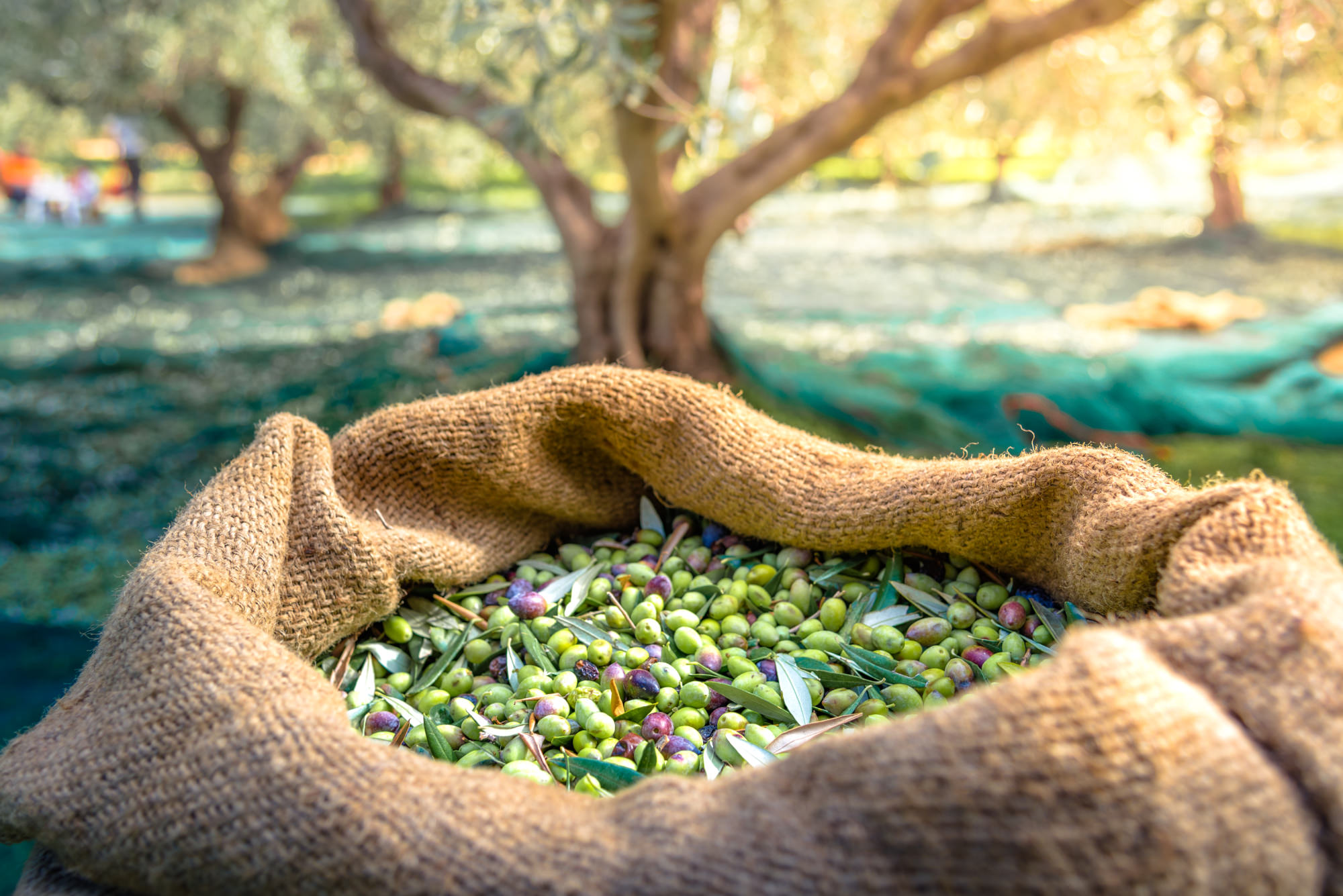Squalane is used in many cosmetic formulas. Depending on your supply networks, its origins are diverse: marine, vegetable, synthetic, and so on. What if you chose a vegetable origin? Sophim offers you 8 good reasons to definitively adopt olive squalane in cosmetics.
1. Emollient products are indispensable in cosmetics
Emollients play an essential role in skin hydration. By countering the effects of water evaporation, they help reduce Transepidermal Water Loss (or TEWL). They limit the dehydration of the epidermis, soften the skin and give it suppleness and elasticity. They also soothe the superficial tissues of the skin, thus enhancing the actions of anti-inflammatory ingredients.
Emollients play an important role in the sensoriality of the finished product, and few formulations can do without them. Squalane is thus found in body care, hair care, facial care, make-up and sun protection products, among others.
2. Squalane is a derivative of squalene, naturally present in humans
Squalane is a stable derivative of squalene, which is found naturally in humans. In fact, human sebum, in adults, contains about 15% squalene. It is also found in the superficial tissue of the skin, also called the “horny layer” or “stratum corneum”.
The similarity of squalane with the hydrolipidic film secreted by the epidermis makes it a natural cosmetic ingredient with no particular contraindications. Moreover, it is often used in formulations for atopic skin.
3. Olive squalane is used in many cosmetic products
PHYTOSQUALAN, squalane produced naturally from olives, is used in many cosmetic formulas.
You can use it to design face care, such as creams, serums or anti-ageing care. You can also use it in body care, for the formulation of lotions, dry oils or combined care for example. Hair care products can also benefit from olive squalane: it is used in formulas for balms, conditioners and repairing serums.
The harmlessness and natural origin of PHYTOSQUALAN make it an excellent product for babies and their mothers. It is also perfectly adapted to atopy-prone skin, and is used in the composition of specific skin care products for this type of skin.
4. Squalane meets current market trends
The trends in cosmetics are towards sensoriality and well-being. Consumers are looking for an experiential approach and a relationship with the body that emphasises the notion of “body positivity”. The rise in hand disinfection rituals has increased the demand for emollient products: epidermis weakened by hydroalcoholic products are moisturised, nourished, soothed, softened and protected by quality emollients, such as olive squalane.
5. Olive squalane is produced from a noble raw material
The first traces of the oleaster, or wild olive tree, date back about 60,000 years. Olive cultivation appeared in 5500 BCE in the Near East and spread rapidly around the Mediterranean basin. The Phoenician, Minoan, Egyptian and Greek civilisations based part of their prosperity on olive growing. By choosing olives grown in Spain to produce PHYTOSQUALAN, Sophim is following a tradition that goes back several thousand years.
Olives are also looked upon favourably by consumers. They are associated in the collective unconscious with sun-drenched landscapes, villages with indolent houses, winding alleys and squares shaded by centuries-old plane trees. They can become a sales argument to convince consumers.
6. The supply of olives is secure
The production of olive oil has been progressing for several decades. The European Union is the leading producer, dominating the market with 70% of the world production in the 2019 / 2020 campaign. We can easily source locally, with abundant and quality raw materials.
Sophim has invested in new generation equipment at its production site in Almeria. The production capacity increased by 50% in 2020, and will be doubled by 2022 thanks to the efforts made at the Almeria site.
7. Olive squalane is biodegradable
Environmental concerns are increasingly prevalent in our societies, both among professionals in the cosmetics industry and consumers. Water pollution is one of the major challenges. Indeed, creams, conditioners, and lotions get into the water during a shower or a bath. Certain molecules, untreated or not retained by waste water treatment plants, end up being diluted in our waterways and reach the ocean.
Olive squalane, a stable derivative of a molecule naturally present in humans and produced from a natural raw material, is fully biodegradable. It does not accumulate in the environment and is not harmful to flora or fauna.
8. Upcycling is at the heart of Sophim’s approach
Olive squalane is part of a sustainable development approach, in accordance with the principles of green chemistry. Sophim relies on upcycling to further reduce its environmental footprint. We offer a new life to co-products of the food industry.
Upcycling allows us to make the most of olive tree crops, and allows farmers to benefit from an additional income. Overcycling contributes to a limitation of cultivated areas. In this way, we support the European agricultural sector, while at the same time working for biodiversity.
Bonus: Sophim, the specialist in squalane of plant origin
Sophim, a manufacturer of cosmetic ingredients based in the South of France and Spain, offers you a locally produced olive squalane. Our expertise gave birth to PHYTOSQUALAN, an olive squalane entirely of vegetable origin. Its emollient properties restore the lipid barrier. It can be used as a carrier of active ingredients, or to promote the dispersion of pigments in make-up products. It can also contribute to the design of cosmetic products with a silky texture, and has spreading and penetration properties.
Would you like to discover PHYTOSQUALAN and our entire range of cosmetic ingredients, emollients, texture agents, fixing agents and vegetable oils? Get in touch with your usual contact at Sophim, call us on (+33)4 92 33 17 17 or send us a message.
Sources:
• https://huiles-et-olives.fr/wp-content/uploads/depliants/Histoire.pdf
• http://www.onagri.nat.tn/uploads/veille/marche-de-lhuile-olive.pdf
Category: Squalane






